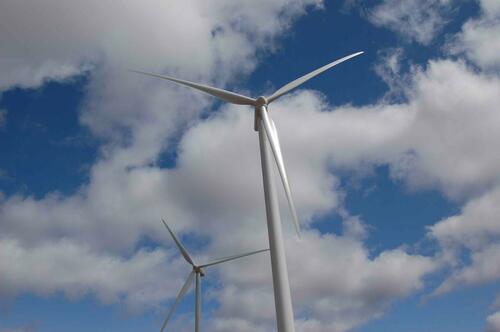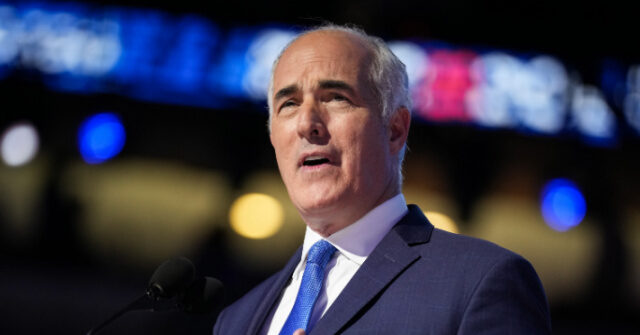
The PlayStation 5 Pro hits shops on Thursday with a price tag that has raised eyebrows among gamers, but growing sticker shocks in the tech industry have yet to deter consumers.
The upgraded version of Sony’s flagship gaming console is retailing for $699.99 in the United States — $250 more than the previous PlayStation 5 model.
It will cost an eye-watering 799.99 euros ($860), 250 euros higher than the older version, in Europe and almost 120,000 yen ($780) in Japan, where Sony is based.
“I don’t think I’m going to buy it. I don’t want to spend amounts like that to buy a console,” said Hideki Hasegawa, a 45-year-old entrepreneur in Tokyo.
He recalled a time when consoles “didn’t cost more than 30,000 yen”.
With the release of the PlayStation 5 dating to 2020, the Pro version gives Sony a chance to integrate improvements that allow games to run faster and with better graphics.
“Simply put it’s the most powerful console we’ve ever built and a worthy edition to the PS5 family,” PlayStation’s lead architect Mark Cerny said at an event in September.
However, the higher price “looks challenging from a marketing perspective”, said J.P. Morgan analyst Junya Ayada.
Analysts said Sony had failed to boost flagging sales when it released an upgrade to the PlayStation 4 in 2016 at a higher cost than the previous version.
– New technologies –
Sony is not the only tech company making consumers fork out for their latest devices.
“It’s a broadly similar trend across all device types, whether it’s sort of, you know, phones, video games… AR glasses, smartwatches,” said Jack Leathem, an analyst at Canalys, a firm that analyses the technology market.
While Apple kept the price of the iPhone 16 unchanged from the iPhone 15 when it launched in September, the $799 starting price is much larger than those for flagship smartphones five years ago.
The trend is similar at Apple’s competitors like Samsung, which has begun selling foldable screen phones like the Galaxy Z Fold 6.
“These are new market entrants that are bringing in new technologies, which will usually mean that comes with a premium price,” Brian Comiskey, a specialist in the evolution of technology at the Consumer Technology Association, told AFP.
Rising prices also reflect an increase in the cost of raw materials, said Leathem, pointing to soaring prices for rare earth minerals like indium and yttrium.
The integration of artificial intelligence (AI) into devices has also had an impact.
“These companies have to make a profit,” Leathem said.
“And they’re having to sort of balance off the sheer volume of money they’re investing in AI and new technologies by increasing the price of the device as well,” he said.
– Tech in instalments –
But rising prices do not seem to be cooling the ardour of consumers for the latest tech products.
According to Canalys’s figures, nearly 310 million smartphones were sold in the first nine months of the year, a five percent increase from the same period last year.
For Josh Lewitz, an analyst at Consumers Intelligence Research Partners, “there’s definitely been a sort of a ratcheting up of what price is possible for a phone”.
But consumers are also holding onto their devices longer, and in many markets including the United States operators are offering clients the possibility to pay for the phone in instalments.
“That has made the relative price difference less important,” said Michael Levin, also an analyst at Consumers Intelligence Research Partners.






